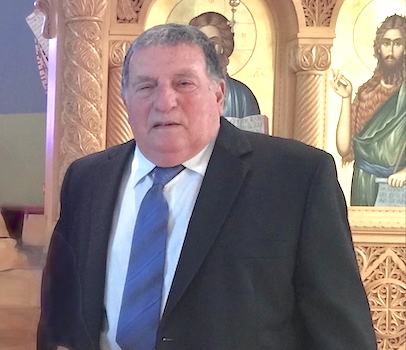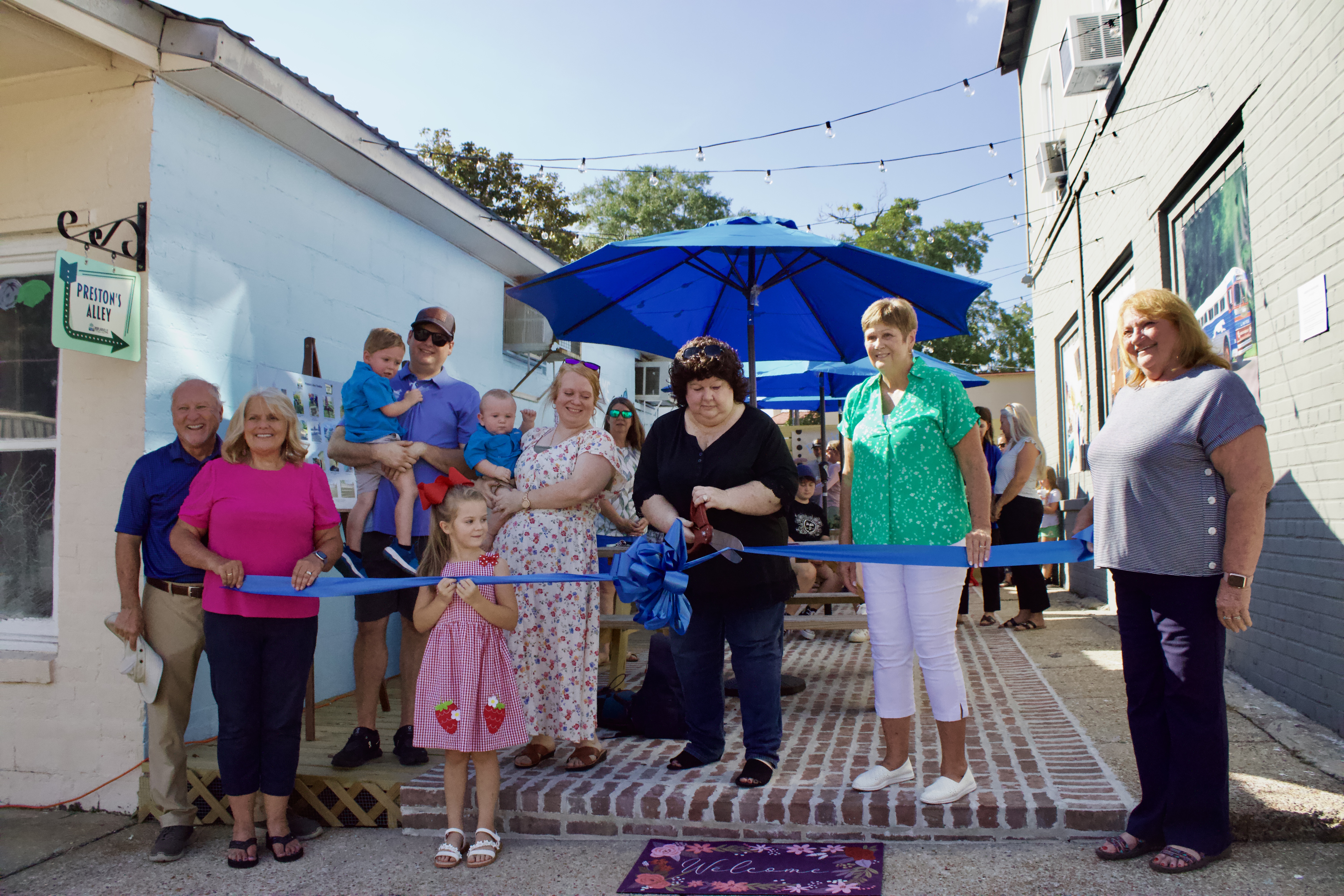Report: Big Easy returning
Published 3:05 pm Thursday, August 9, 2007
New Orleans’ population has grown to about 273,600 people, 60 percent of the number here before Hurricane Katrina hit nearly two years ago, a new report shows.
The report from demographer Greg Rigamer and an earlier household estimate by the Greater New Orleans Community Data Center indicate the city’s population has continued to return since Katrina hit in August 2005.
Rigamer said growth has continued at about 1 percent a month, a positive trend since the city has had no major housing or infrastructure developments recently. But he said he expects it will be “many years” before New Orleans hits its July 2005 population of 455,000 — if it ever does.
Trending
“Everything is kind of happening in a natural progression,” he said, “and when I say natural, I mean slow.”
According to Rigamer’s report, which is based on utility hookups, 273,600 people lived in New Orleans as of last month — 50,200 more than a year earlier. The data center, relying on U.S. Postal Service data, said nearly 66 percent of the city’s 198,232 pre-Katrina households were receiving mail as of June.
The center’s deputy director, Allison Plyer, said the federal goverment considers household information the “best data we have as a population indicator.”
Mayor Ray Nagin, who last year predicted the population would hit 300,000 by the end of 2006, has said he believes that if all the migrant workers living in the city were counted, that threshold would be topped. Rigamer said the workers are tough to track but by definition, migrant workers don’t stay in a community longterm.
More people means more stress on infrastructure — roads, buildings, water and sewer lines. Nearly two years after the storm, the cash-strapped city has yet to begin major reconstruction of its infrastructure.
Rigamer, in his report, said a significant number of people returned to areas with little flood damage after Katrina and that those gains have “radiated” into nearby neighborhoods. However, neighbhorhoods disconnected from more recovered parts of town, such as the hard-hit Lower 9th Ward and parts of Gentilly, have been slower to repopulate, he said.
Trending
In July, just 917 people lived in the Lower 9th Ward, the report showed — 7 percent of the population there in 2000.
Areas that got at least 4 feet of floodwater had, at most, 46 percent of the residents they had in 2000. Those flooded by at least 9 feet of water had about one-third or less of the 2000 population back, the report showed.





